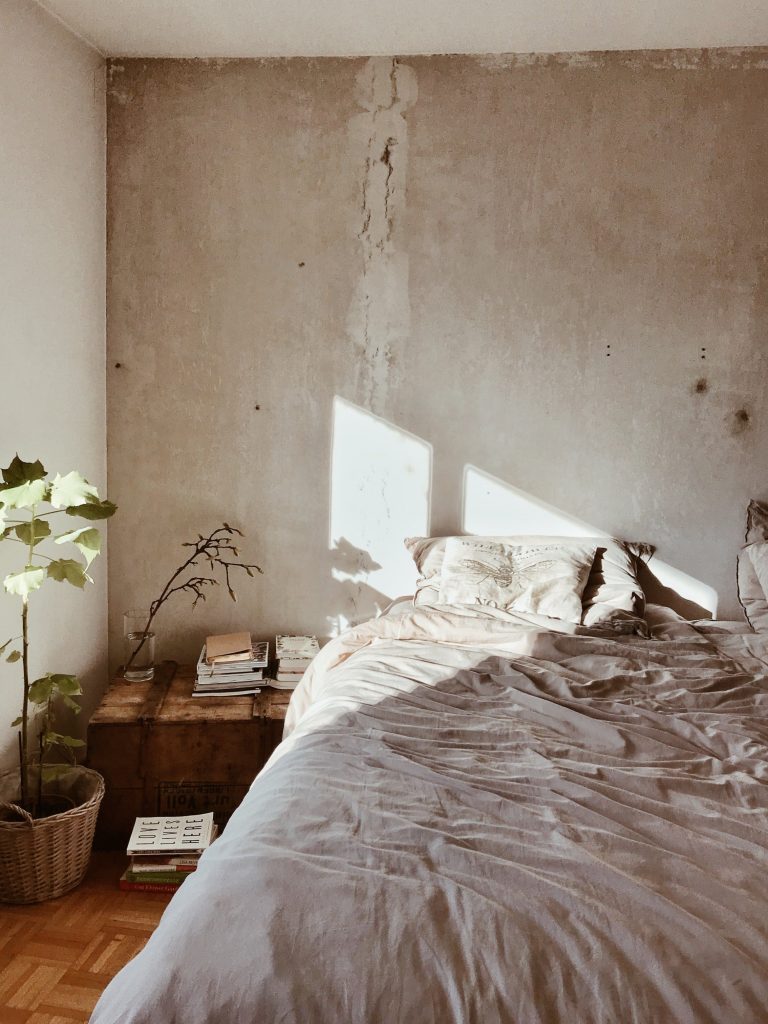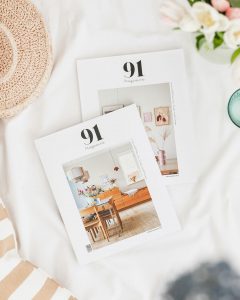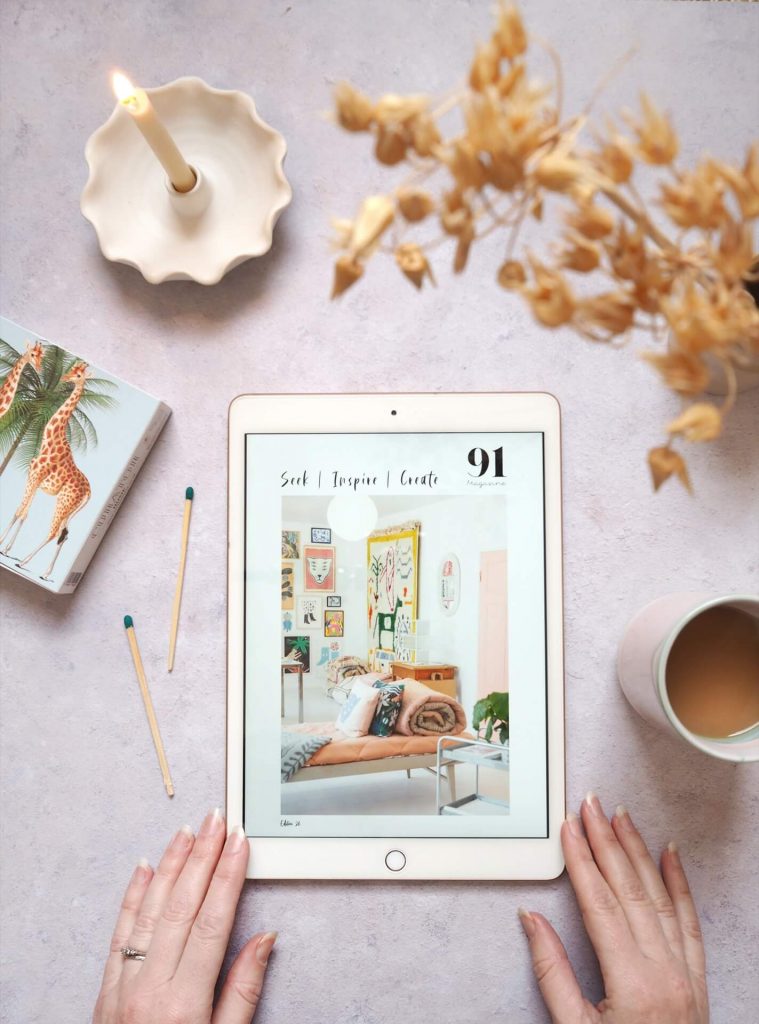Nadia Karim of Century General Store delves into why it is an important aspect of our lives, our homes and the wider world, and why we should take some time to consider its effects…
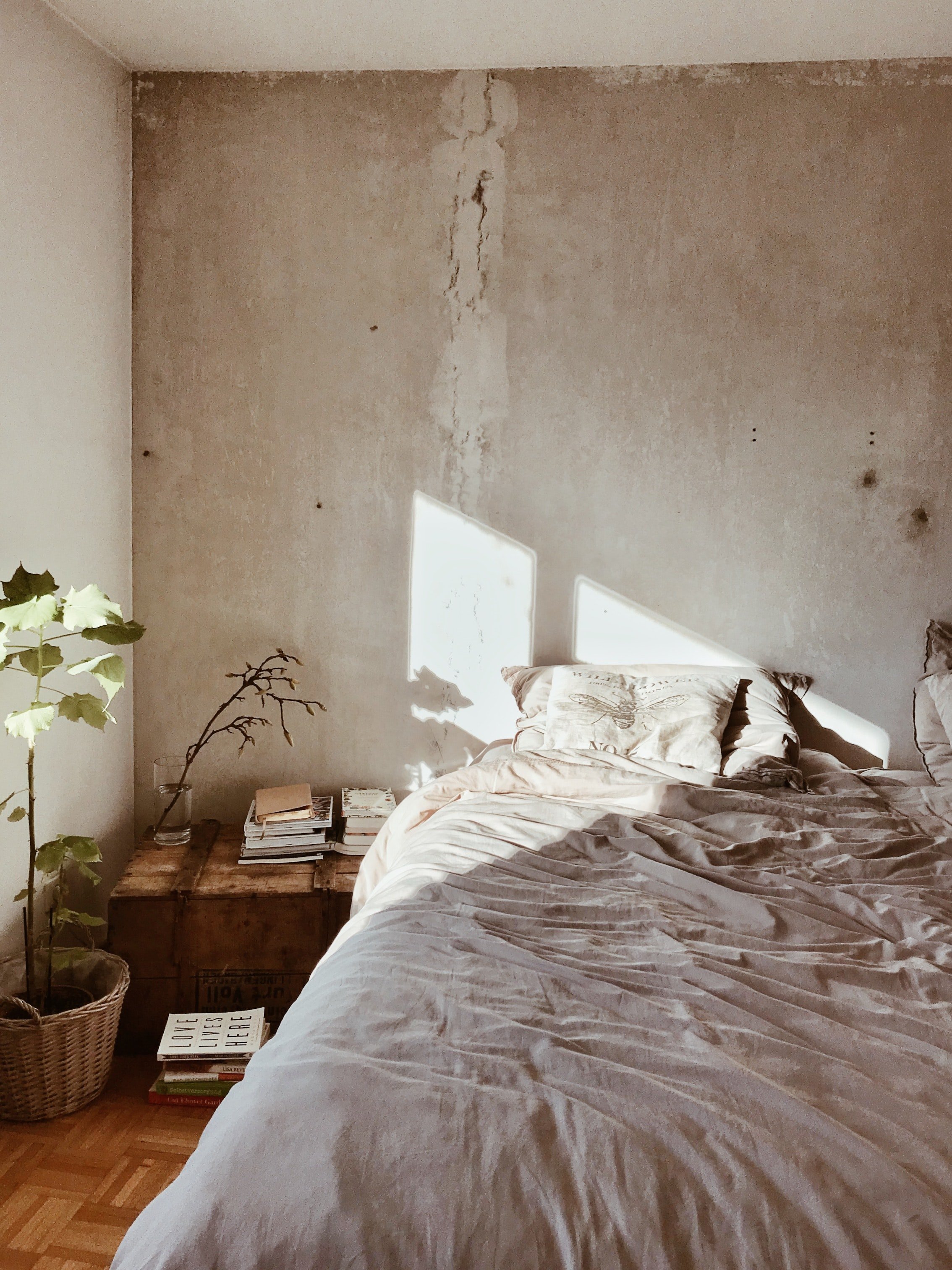
Comfort is braided into our bodies, into our central nervous system and our memories, into the unique ways we navigate and act in the world. It should also be woven into the spaces we inhabit as a means to support us both physically and emotionally.
Create a haven for the most difficult days and your home will always feel compassionate of your wellbeing. When we’re feeling uplifted, motivated and invincible, comfort acts as a buoy, keeping us light and afloat exactly where we’d like to be. When we feel disconnected, unable to see how it will all be OK, comfort becomes a sheltering point, somewhere to hunker down until we figure out how to navigate the storm.
When it comes to designing our homes, we are so often focused on how we want it to look. We are each instinctively drawn to certain interior design styles and we ask ourselves, “How do I want the space to feel?” But if we reframe that thought process and instead ask, “How do I want to feel in this space?” we can begin considering how to create an interior that embraces the comfort our home can offer.
Think about when you feel at your most soothed, most comfortable, most purposeful – and how can you tweak your living environment to make you feel that way more often? How can you deeply embed comfort into the fabric of your home?
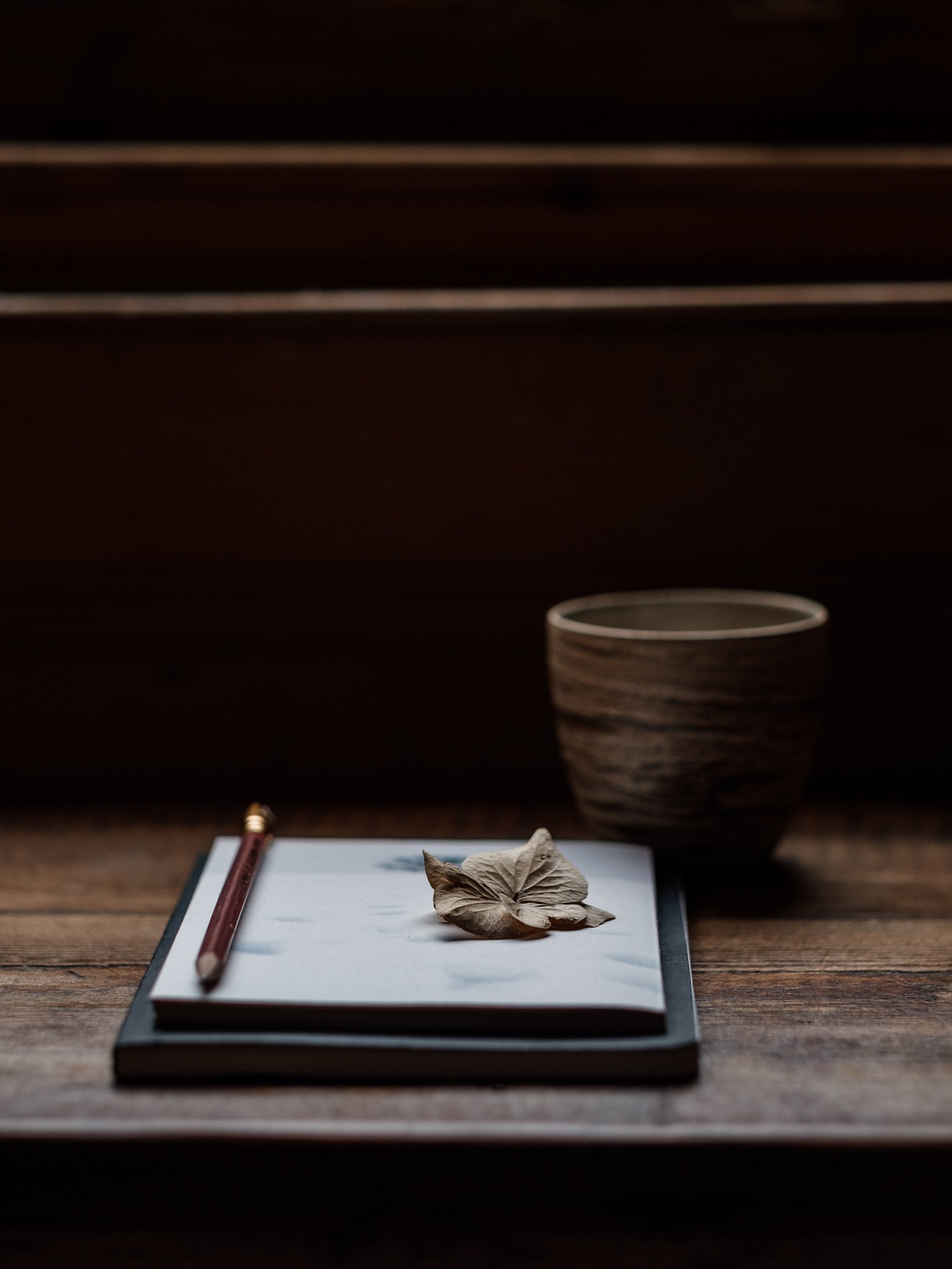
Comfort, healing and safety
We cannot prevent acts of stress, prejudice, or discrimination within our wider worlds, but we can use our home to support our recovery and healing from what we’ve experienced. Comfort cannot ever be a substitute for community care, but neither is it frivolous. We can create a home that nurtures our wellbeing, nourishes our identity, prompts us to connect with others, and cradles us as we grow and reflect. When we intentionally meet our needs at home – understanding our loves, dislikes, comfort zones – we can better advocate for our needs in public.
Comfort is inseparable from safety – and conversations about home often assume the premise that we’re all living in warm, secure places that feel physically and emotionally safe. Security can mean different things to different people. Sometimes comfort can mean keeping a packed bag beside your bed, the security of a quick escape. Sometimes, it’s just tiny pockets of comfort, a moment to yourself. If that’s you, I see you.
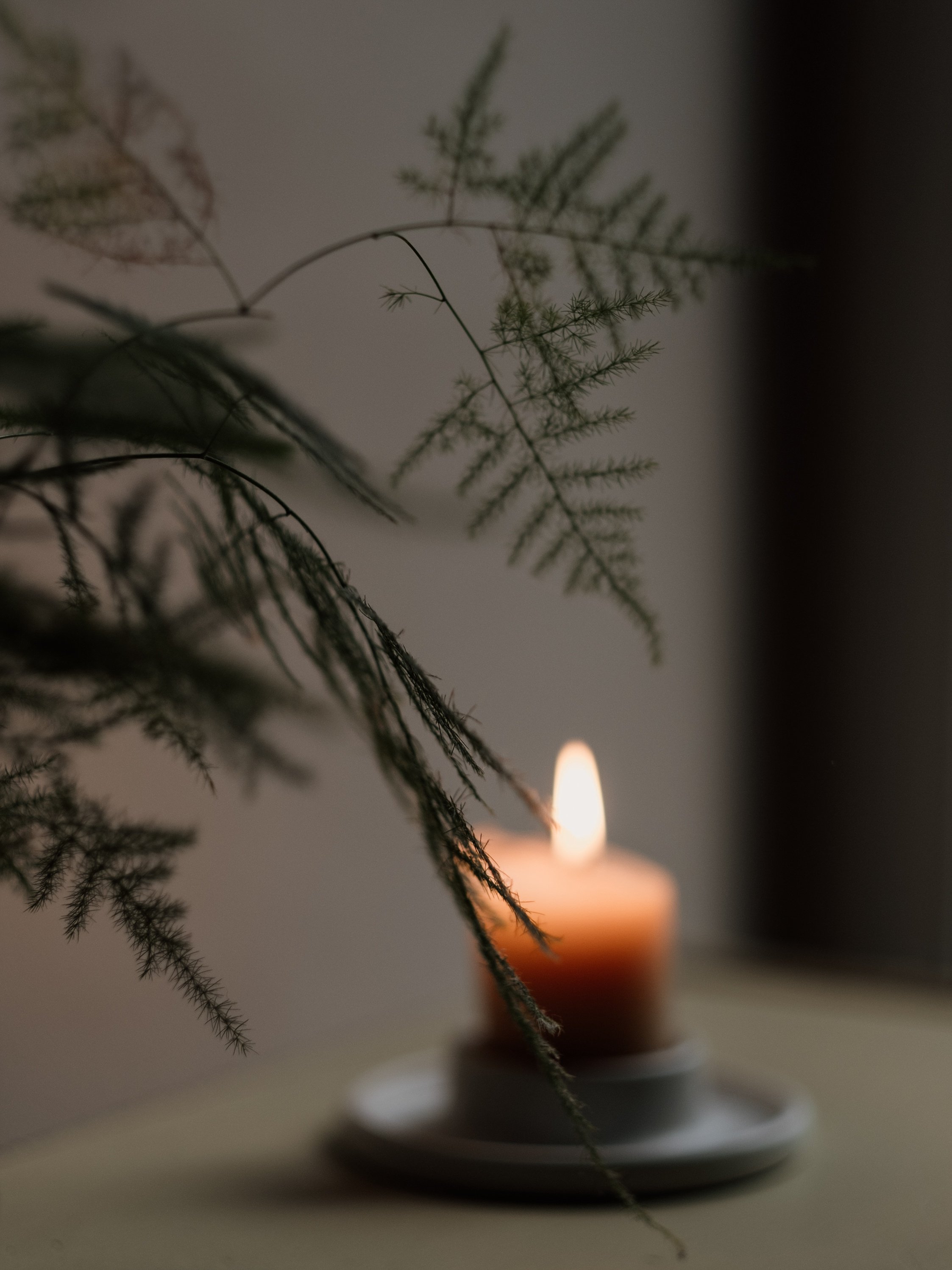
Sensory comfort and neurodiversity
I used to think there were just five senses. But if you Google interoception (the perception of sensations from inside the body) and proprioception or the vestibular system (the sense of self-movement and body position) you’ll discover our senses go much deeper – for example, if you love a rocking chair, that’s your vestibular system in action!
As parent-carer to an autistic child, learning the art of comfort in relation to our senses is an important feature of our lives and has allowed me a better understanding of my own mind in the process. I’ve learnt how quickly our bodies can rise to fight, flight or freeze, how long it can take afterwards to regulate and calm and how we can soften this return to a relaxed parasympathetic state through intentional acts of soothing.
Through personal experience, I’ve become attuned to the factors that might make an environment intolerable for someone with sensory processing challenges. It’s only through talking and listening to other neurodivergent adults that I’m really learning that there is no one-size-fits-all approach to comfort: what works for me or for my child might not feel soothing for you, and it may vary from one day to the next depending on what else is happening in our worlds. We each experience the world through our senses in such a unique way. I’m understanding the comfort that stimming (a repetitive activity or action) can bring and I’m learning how to design a home around sensory comfort.
In our family home, comfort is soft. Weighted blankets, fake sheepskin throws, soft edges, which is probably what a lot of people would consider as comfortable. But, in addition to this, we also keep furniture to a minimum to allow space to move and play. We never have a radio on and keep visual noise to a minimum. We’ve also created a makeshift hiding place for when it all gets too much. We fill our home with things that hold space for our child’s reality, never side-lining his sensory needs. We make home as safe and comforting for him as possible, to counterbalance what it’s like for him out in the world.
Whether neurodiversity is part of your life or not, caring for your own sensory needs and those in your home is still a worthy endeavour. Take some time to consider which colours, textures, sounds and scents soothe you. What stimulates happy memories in you and connects you to your heritage or your favourite places? How can you tweak your environment to give you more of the sensory feedback you love or need? Perhaps comfort to you is physical space, having fuss-free furniture that can be moved to make space for you to dance like no one is watching, or to lie quietly on the floor and practice meditation. When you’re feeling frazzled, what soothes your central nervous system and helps you return to calm? Lean into that. Become curious. Find ways to incorporate it into your daily life.

Comfort through connection to our possessions
For me, a comfortable home is somewhere that feels safe for me to join the dots. Where I can fathom how my little conscious actions join with other people’s little conscious actions to create positive change. For example, tending to houseplants, displaying photographs of nature, keeping a vase of flowers – these small things may bring us personal comfort at home, but they are also symbolic of how we are custodians of the earth, that there is so much beauty to conserve. It connects us to the bigger picture and to others, reminding us of our role in the climate movement and to take action.
Perhaps it’s an object made by someone you love or the note you kept from the first lockdown – these comforting keepsakes remind us of kindred spirits, the importance of mutual aid and caring for each other. Maybe it is books that you reach for when you need comfort – the words that represent the essence of what you believe in and that can deeply restore you on days when faith in humanity is low or you need an escape from the real world, before you re-enter it.
When we create change and growth over time in our spaces and daily routines, we notice what brings us comfort and discomfort, (a plant leaf growing here, a longer meditation there, a few pages in a journal here, a brave conversation there), it brings hope for change and growth in our society and for our planet. Leaps of faith seem suddenly possible.
There might be parts of your home that no longer bring you the same sense of joy. The pandemic might have altered associations of many objects in your home. It’s OK to put those things away now – create space for something new – it can be an ever-evolving process.
When we intentionally create a home around comfort – a haven for rest, replenishment, connection, inspiration and care – we equip ourselves to be present with fierce hope and compassion in the world again, however that looks for each of us.
